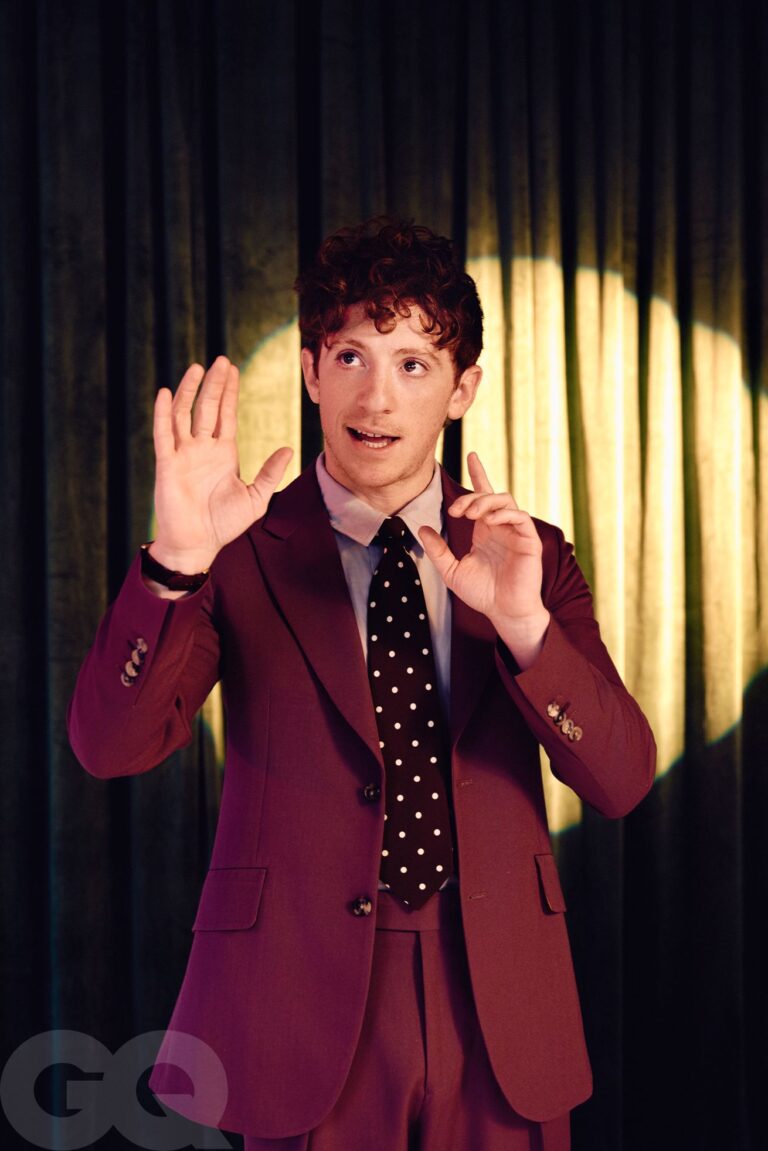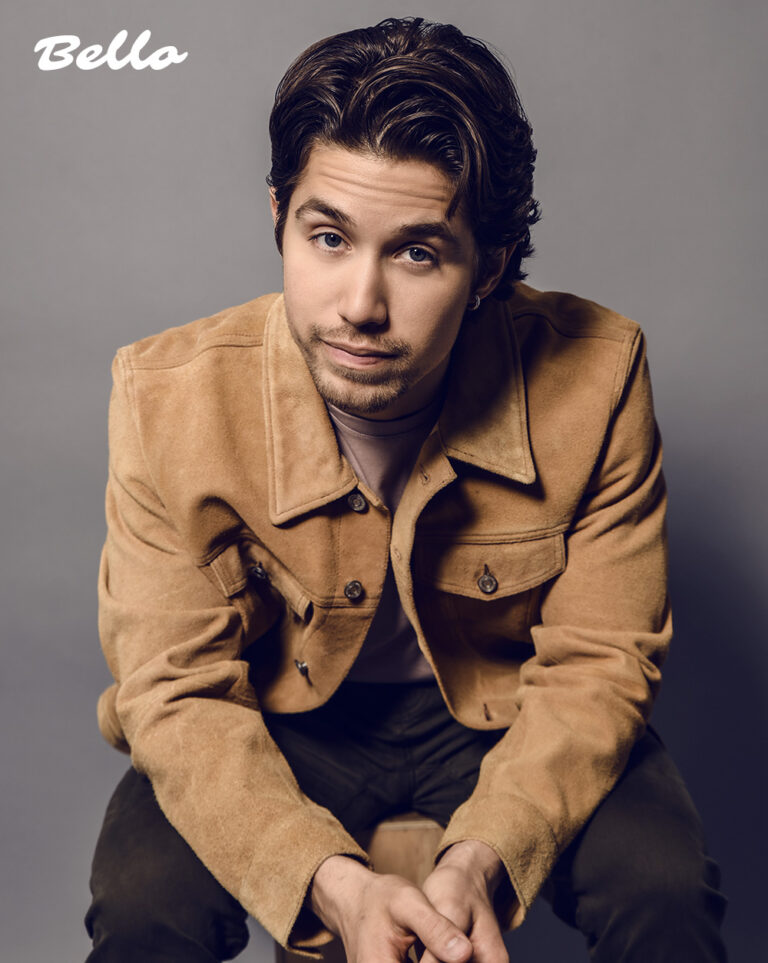
The Beatles and Their Signature Hairstyle
In the 1960s, a cultural revolution swept through the music and fashion industries, with The Beatles at the forefront. The band’s distinctive hairstyle, known as the “mop-top,” became a symbol not only of their identity but also of youthful rebellion and change during a transformative decade in history. Embracing longer, more unkempt styles in contrast to the conservative looks of previous generations, The Beatles’ hair became as much a part of their image as their music.
The Evolution of the Mop-Top
When The Beatles first gained popularity in the UK in 1963, their hair was one of the many attributes that set them apart. The mop-top style, characterized by shaggy hair that fell over the forehead and around the ears, was both a practical and aesthetic choice. Paul McCartney, John Lennon, George Harrison, and Ringo Starr each sported variations of this hairstyle, which symbolized the burgeoning youth culture of the time. Influenced by British pop culture and artists, such as Buddy Holly, The Beatles paved the way for similar styles across the globe.
Cultural Significance
The impact of The Beatles’ hairstyle extended beyond mere aesthetics. It became a marker of identity for youth across the world. Fans, known as “Beatlemaniacs,” began to adopt the hairstyle, leading to a widespread trend. This phenomenon coincided with the rise of the counterculture movement in the 1960s, where long hair was deemed a symbol of anti-establishment sentiments, representing freedom, love, and peace.
As The Beatles continued to evolve musically, so too did their hairstyles. By the late 1960s, as they delved into psychedelic music and culture, their hair grew even longer and became more expressive. This shift mirrored the increasing complexity of their music and lyrics, suggesting a deeper cultural dialogue and personal transformation.
Legacy and Modern Influence
Today, The Beatles’ hairstyle remains a significant cultural reference. It is often recalled in discussions of ’60s fashion and nostalgia, and serves as an inspiration for contemporary artists and musicians. The mop-top has been embraced again in various forms, and its influence is visible in modern hairstyles, making it a timeless choice that transcends generations.
Conclusion
The hairstyle made popular by The Beatles is more than just a trend; it symbolizes an era of change, creativity, and rebellion. As we remember their influence, it becomes clear that their legacy continues to shape not only music, but also fashion and cultural identities worldwide. Looking ahead, the impact of their iconic look serves as a reminder of how art can influence society, inspiring future generations to embrace individuality and self-expression.



